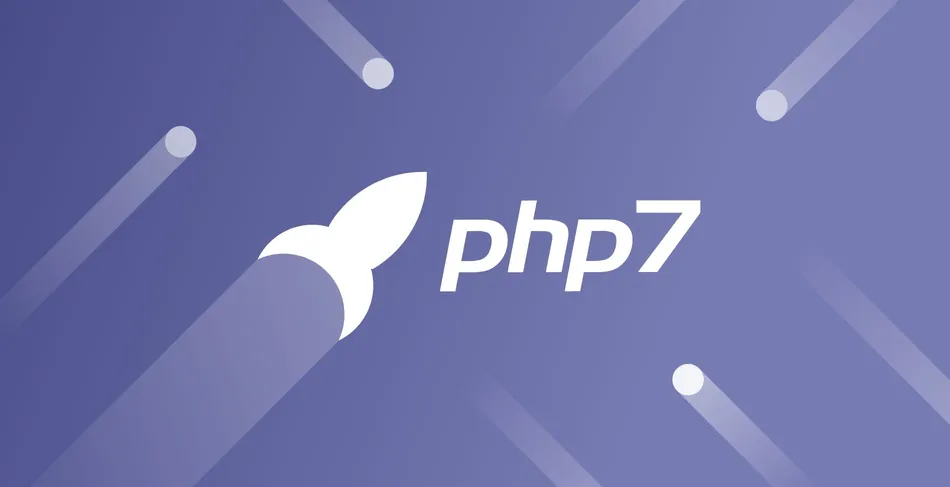It’s become a familiar sight: you visit a website and straight away you’re partially blocked from viewing the page. As a user, you must first accept the use of cookies in order to continue browsing without a restricted view. All too often, you quickly click away from these disclaimers. But what exactly do these cookies do and how does their use affect the browsing experience?
Cookies refers to text files that store information about internet users’ browsing behavior on their devices. Nowadays, browser-specific databases are typically used for this purpose. Roughly speaking, this makes it possible to track which domains the respective user has visited as long as the corresponding cookies are stored on the domains. However, cookies may contain various other information about the user, such as a username, e-mail address or password. In practice, however, this information is usually stored in the backend of the website.
Cookies placed on websites may serve to offer visitors a more pleasant experience, such as remembering the user’s login details from a previous visit. On the other hand, they can also be used to display certain website content in a personalized manner based on recorded browsing behavior or to display targeted advertisements to users.
What cookies are there?
Cookie files, usually just a few bytes in size, can be divided into different categories – essential, functional and performance cookies. While essential cookies are necessary for a website to function properly, functional cookies are used to make the user experience more attractive (e.g. language or country selection). Performance cookies collect statistical information such as the user’s language selection and geographical origin, as well as click order and length of time spent on the page.
These types of cookies are usually referred to as first-party cookies. These are created by the website operator itself and either stored on the visitor’s devices (usually with an expiration date) or, depending on the configuration, only in the browser cache. The latter are referred to as session cookies, which are deleted when closing the browser window. What is certain, however, is that first-party cookies will not be passed on to third parties without consent.
And this is where things get more interesting because there are also third-party cookies. These types of cookies are set by third-party providers across websites and domains. These cookies, also known as tracking code cookies, make it possible to observe user behavior across different websites and over a longer period of time. Whole user profiles are sometimes created, which is of particular benefit to the advertising industry. This enables targeted advertising to be shown to users based on tracked data. A cookie can also be created as a first-party cookie and read as a third-party cookie (or vice versa).
Third-party cookies have come under increasing criticism from a data protection perspective in recent years. This has also led to increased pressure on browser providers such as Google to prevent this form of tracking.
| First-party cookies | Third-party cookies | |
|---|---|---|
| Who creates them? | Operator of the website you are visiting | Third parties (e.g. other websites, ad servers) |
| How are they accessed? | Can only be used via the website that created the cookie | Can be accessed from any website that accesses the third-party server |
| What is their purpose? | For a more convenient and efficient user experience | Tracking of users and their behavior across websites |
| How are they supported by browsers? | Accepted by default by all browsers (some with limited validity) | Blocked by many browser manufacturers |
| What are some examples? | Login data, shopping basket, language settings, website analytics | Targeting-based display of advertising |
Direct comparison of properties and application areas of first-party and third-party cookies.
Google now plans to deactivate or no longer allow these third-party cookies in the Chrome browser from the second half of 2024. A measure that has been in effect on other browsers for some time now: Microsoft Edge, Firefox and Apple’s Safari have been preventing the use of third-party cookies for some time. But since Google Chrome is the undisputed number one in the browser market both worldwide with over 65% market share and in Switzerland with a 46% market share, Google’s decision is seen as very important in the industry. This raises two questions: why won’t Google follow suit until 2024? And, what will the measure mean for website operators and users?

A step towards more privacy?
The obvious reason for this measure is data protection. As part of the Privacy Sandbox initiative, Google wants to develop more privacy-friendly alternatives to third-party cookies. The American technology company originally wanted to offer new tracking options over the course of the year, thereby putting a stop to third-party cookies. However, these plans were gradually pushed back. This is mainly due to a lack of time and resources, but also because Google, unlike other browser providers, has to overcome some legal challenges as a vertically integrated player.
Smaller adtech providers competing with Google, on the other hand, have the main problem that their business model relies heavily on third-party cookies. They will have to reinvent themselves in the medium term, whether they like it or not. All parties involved – especially advertisers, who are expected to reach only around 20 to 30 percent of the original target group in one fell swoop if third-party cookies are eliminated – are now called upon to develop new solutions that comply with data protection requirements. Some solutions already exist: as part of its “Privacy Sandbox,” Google is currently testing the concepts FLEDGE and Topics, among others. The former allows website users to “tag” and outline target groups, while Topic assigns surfers to certain target group segments based on their recent page visits, meaning that they remain at least as an aggregated group.
Another option worth considering after the introduction of third-party cookies may be cross-platform or cross-company login alliances. Several Swiss media companies have already implemented one with the “OneLog solution”.
There is also a transparency-focused approach that focuses entirely on first-party cookies. This approach aims to make the most of the existing information and resources – provided that they fall within the scope of data protection laws. However, new incentives are being created for users in this area as well, and advanced technologies are promoting new opportunities for proportionate tracking.
What does a future without cookies mean for internet users?
For internet users, the elimination of third-party cookies in the Chrome browser and the different solutions will inevitably mean a change of habit. Although login barriers are likely to be more common, clicking away the intrusive cookie messages, which is a bit tedious, would no longer be necessary in this case.
However, it can be assumed that data collection activity will actually increase as soon as the initial excitement of the transformation phase subsides. Despite this, the collection of personal data and similar website information should be more transparent and in compliance with applicable data protection regulations.
And what levers do website operators and marketers need to put in motion with a view to a future without cookies? For them, the first thing that makes sense is to assess the current situation as soon as possible. They need to ask themselves: how can the success of a campaign be measured without relying on tracking data and cookies? The necessary steps and measures can then be derived from this.

Opportunities and challenges of the future
And for Google? The California-based tech giant could benefit from the entire transformation process and further consolidate its leading position. Like Facebook, Meta or Amazon, Google already has a huge amount of user data. Unlike many advertisers, Google is therefore not reliant on third-party cookies.
The measure taken by Google will undoubtedly create some challenges for marketers, website operators and internet users. However, the technology company’s decision also opens up opportunities for the use of marketing models that focus on transparency and privacy. The zeitgeist on the World Wide Web is moving towards data protection. In this respect, Google’s move, even if it won’t take place until 2024, is certainly a step in the right direction. Mourning the loss of third-party cookies is of little use and it does not mean the end of marketing.























































